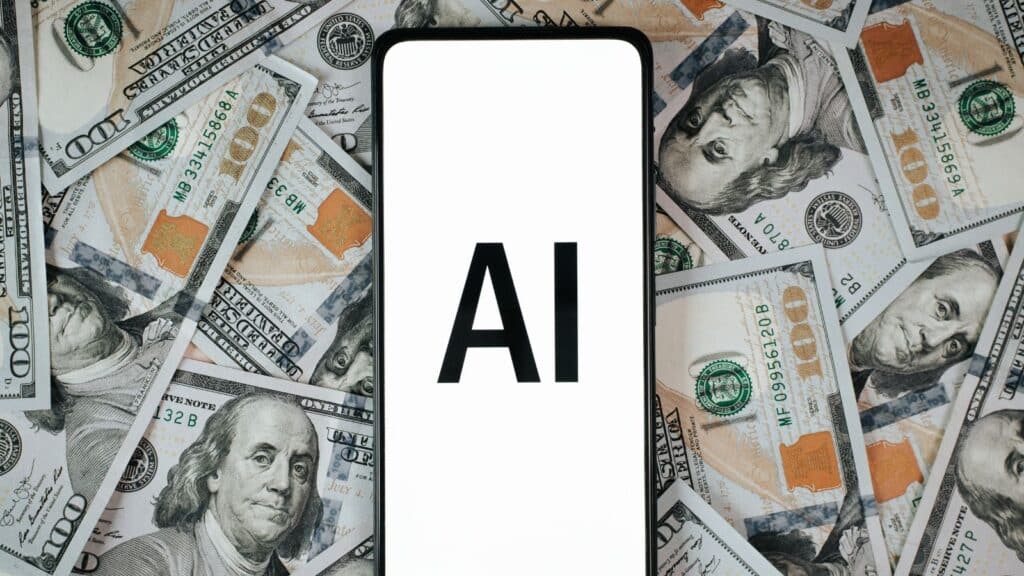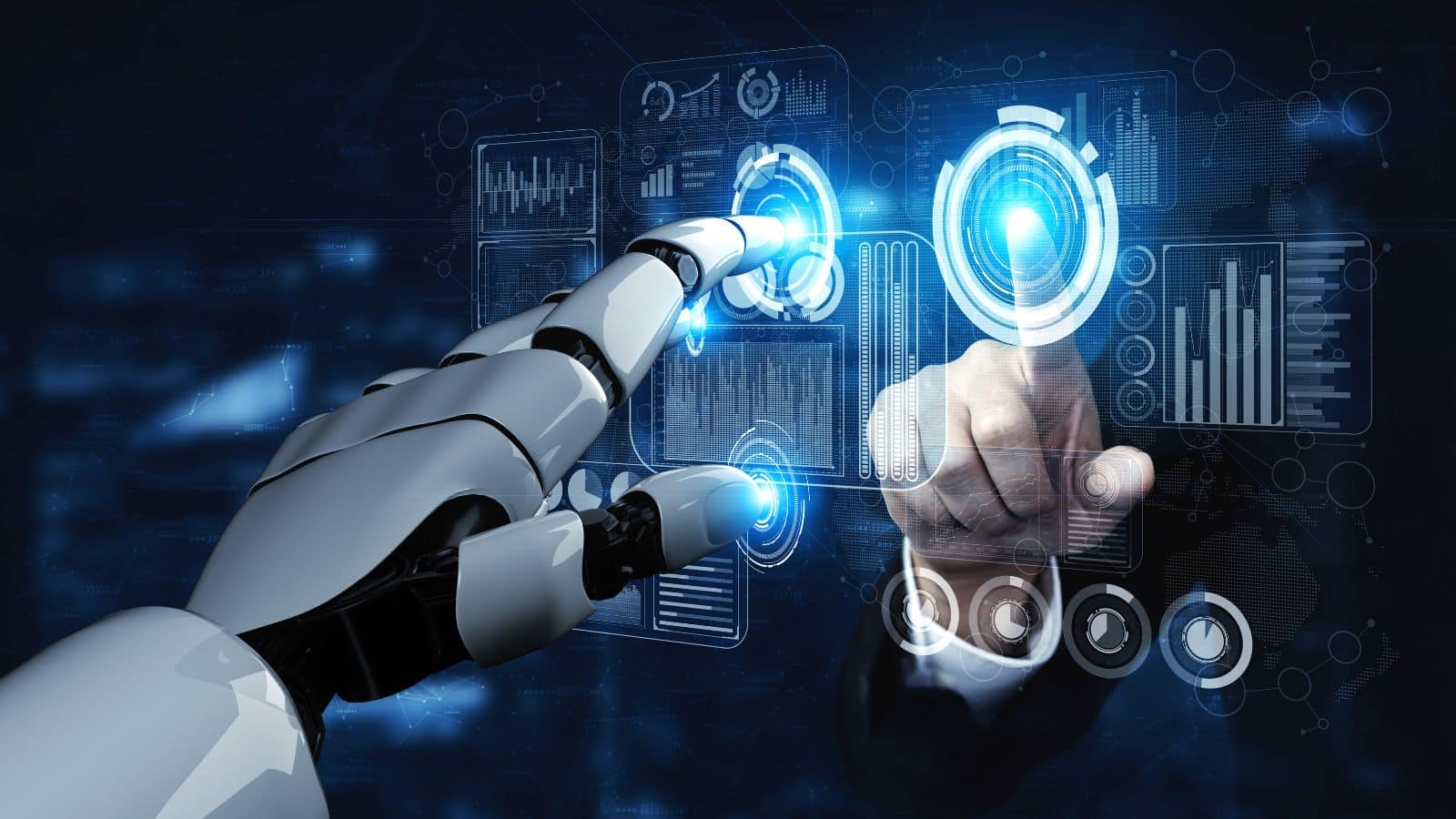AI is changing how companies do business, and the added costs are showing up in everyday bills. Businesses are pouring money into new tools, and much of that spending is passed on to customers. Here are seven ways people are already feeling the impact.
Electricity Bills

AI data centers consume massive amounts of electricity to run and keep servers cool. As more facilities are built, regional utilities are struggling to keep up with the higher demand.
💸 Take Back Control of Your Finances in 2025 💸
Get Instant Access to our free mini course
5 DAYS TO A BETTER BUDGET
This often requires expensive infrastructure upgrades that customers end up funding through higher rates. The Washington Post found that residential customers in some states have already seen their bills climb by as much as 20 percent due to AI-related demand.
Cloud Services and Storage

Cloud providers are raising prices to cover the surge in computing power and storage needs required by AI. Businesses of all sizes are relying on cloud platforms to train models and manage data, and those costs are steadily climbing. Consumers feel the impact when companies pass the extra expense onto customers. Even small websites, apps, and digital services are paying more to host and store data.
Tech Hardware (GPUs, Semiconductors)

High-performance chips and processors are the backbone of AI development, but they are in short supply. Companies are competing for access to advanced GPUs, driving up costs across the tech industry. These increases are filtering down to consumers through higher prices on laptops, gaming consoles, and other electronics. Fierce Network reports that tariffs on semiconductors have added even more upward pressure on prices.
Subscription and SaaS Tools

Software platforms are embedding AI features into their products, but those upgrades come at a premium. Subscription costs for writing tools, design software, and analytics programs are climbing as AI becomes standard. Customers who want access to new AI-driven capabilities are often forced into higher-priced plans. What was once an optional feature is quickly becoming a costly baseline expectation.
Personalized or Surge Pricing

AI is powering dynamic pricing models that adjust costs in real time. Airlines, hotels, and retailers are using algorithms to determine what a customer is willing to pay and then charging accordingly. This means two people could pay very different prices for the same product or service. PBS NewsHour reports that consumers are already encountering these shifts in industries ranging from travel to retail.
Energy and Infrastructure Costs

AI growth requires huge investments in physical infrastructure such as data centers and cooling systems. Building and maintaining this infrastructure raises costs for energy providers, who then recover those expenses through rate hikes. Local communities may also face higher taxes or fees tied to these projects. For consumers, that translates into more expensive monthly energy bills and higher public costs overall.
Advertising and Consumer Goods

Companies are using AI to optimize advertising, manage inventory, and predict consumer behavior. While these tools increase efficiency, they also add to marketing budgets and product pricing. The result is that many everyday goods become more expensive as businesses build the cost of AI into their operations. From grocery chains to retail brands, shoppers are seeing the effects reflected at checkout.
12 Lifestyle Shifts That Can Save You Thousands Annually

Saving money might feel hard, but small changes add up quickly. Adjusting daily habits can lower costs without giving up what you enjoy. It’s not about going without—it’s about making simple, smart choices that lead to real savings. 12 Lifestyle Shifts That Can Save You Thousands Annually



